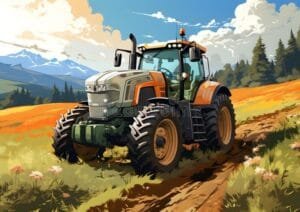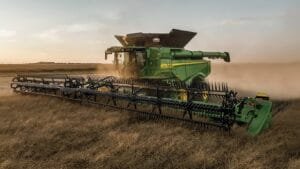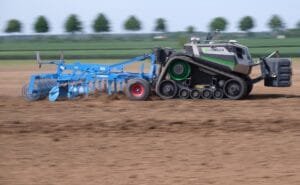As agricultural technology continues to advance, governments worldwide are reassessing regulatory frameworks for autonomous tractors. These self-driving farming vehicles, which operate without direct human control, have prompted officials to examine existing guidelines and develop new standards for their safe implementation. The review process aims to address key aspects including safety protocols, operational boundaries, and liability considerations while balancing innovation with practical oversight. Recent legislative developments signal a notable shift in agricultural technology oversight as federal authorities examine existing frameworks governing self-driving farm equipment. The review process encompasses safety protocols, operational boundaries, and certification requirements for automated agricultural machinery deployment across various farming environments.
Current regulations, established before the widespread emergence of autonomous farming solutions, require significant updates to address modern technological capabilities.Key focus areas include sensor requirements, obstacle detection systems, and emergency override protocols that enable human operators to assume control when necessary.Industry stakeholders have presented extensive data demonstrating the safety records of autonomous tractors in controlled environments, with notable improvements in precision farming and reduced operational accidents. These findings have prompted regulators to consider more flexible guidelines that could accelerate adoption while maintaining rigorous safety standards.
The proposed regulatory amendments aim to establish clear distinctions between different autonomy levels, ranging from basic automated guidance systems to fully autonomous operation. This tiered approach would allow for graduated implementation based on operational complexity and risk assessment.
Technical specifications under review include minimum requirements for GPS accuracy, interaction systems reliability, and cybersecurity measures to prevent unauthorized access or control of autonomous equipment.Additionally, proposed guidelines address the interaction between autonomous tractors and conventional farm machinery in shared operational spaces.Environmental impact considerations form a crucial component of the regulatory review, with emphasis on soil compaction prevention, precision application of agricultural inputs, and fuel efficiency optimization. These factors align with broader sustainability goals while acknowledging the potential of autonomous technology to reduce environmental footprint.
Insurance frameworks are being reassessed to accommodate the unique risk profiles associated with autonomous agricultural equipment. This includes liability considerations during both supervised and unsupervised operations, as well as coverage requirements for various operational scenarios.
State-level authorities are actively participating in the review process, highlighting the need for harmonized regulations across jurisdictions to facilitate interstate equipment movement and operation. This collaborative approach aims to prevent a patchwork of conflicting requirements that could impede technology adoption.
Training and certification requirements for operators and maintenance personnel are under examination, with proposals for standardized protocols to ensure proper equipment handling and emergency response capabilities. This includes comprehensive understanding of both autonomous systems and conventional operating procedures.
Economic impact assessments indicate potential productivity gains of 15-30% through autonomous equipment adoption, factoring in reduced labor costs and extended operational hours. These projections have influenced the urgency of regulatory updates to support agricultural modernization while maintaining safety and reliability standards.
The review process incorporates public feedback mechanisms,allowing farmers,equipment manufacturers,and agricultural organizations to contribute insights and operational experiences that will shape the final regulatory framework.










